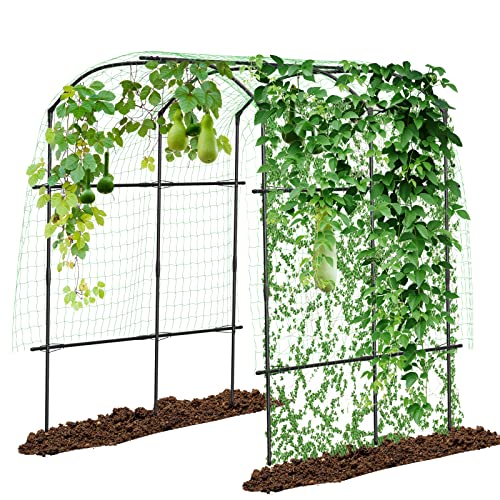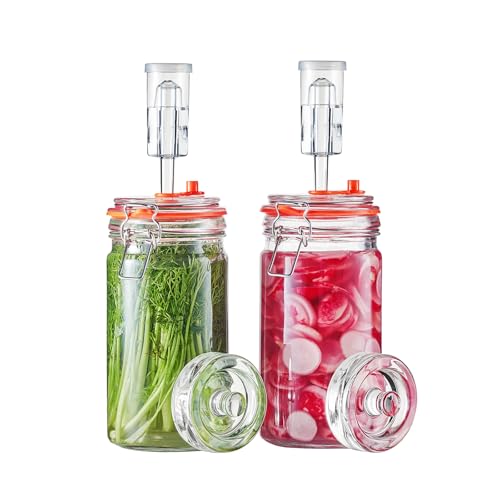Ty520
Senior Member
- Joined
- Oct 7, 2020
- Messages
- 278
- Reaction score
- 391
While visiting a local winery recently, i noticed that they were using hybrid barrels comprised of oak staves and acacia heads.
It made me wonder what other species can/are used in aging.
But i can't seem to find anything that provides a comprehensive description of other species that could be used, and the characteristics they impart?
has anyone else come across such info?
It made me wonder what other species can/are used in aging.
But i can't seem to find anything that provides a comprehensive description of other species that could be used, and the characteristics they impart?
has anyone else come across such info?
Last edited:












































![[Upgraded] 9Pcs Tree Root Growing Box with Drain Holes, Half Transparent Plant Rooting Propagation Ball & Metal Core Twist Ties, for Fast Propagation Plants (Size M)](https://m.media-amazon.com/images/I/514MWQxtWOL._SL500_.jpg)








